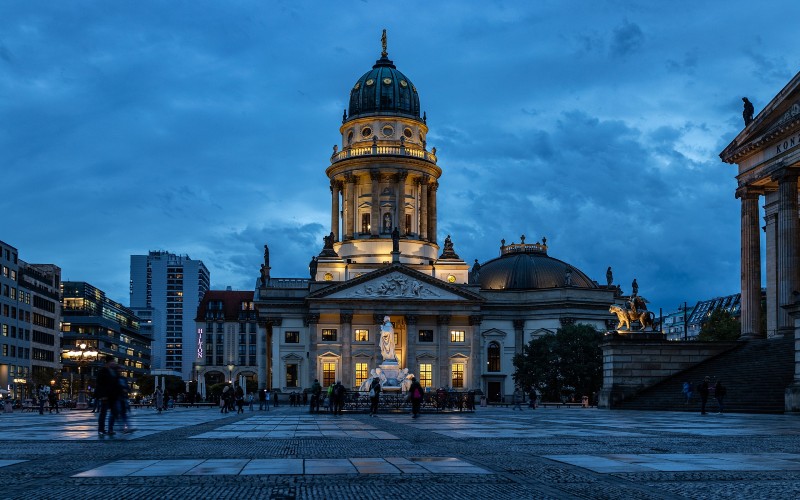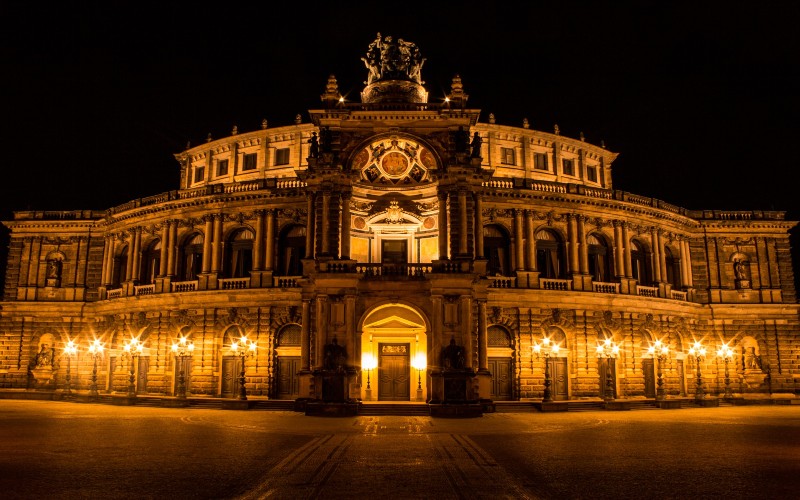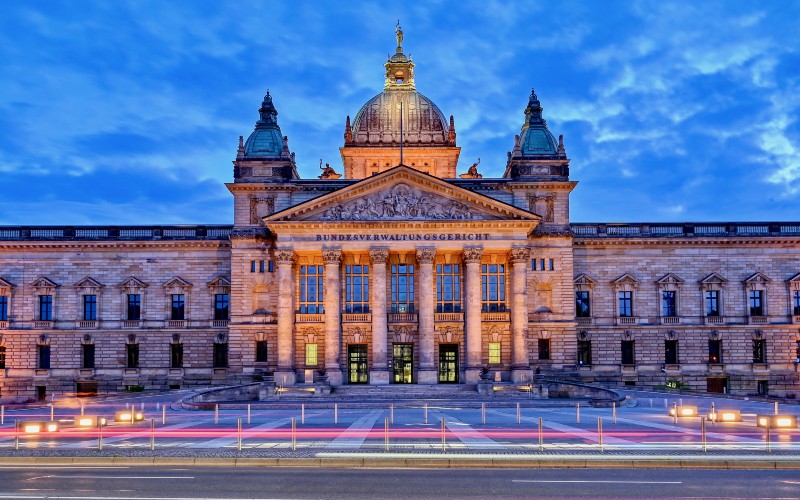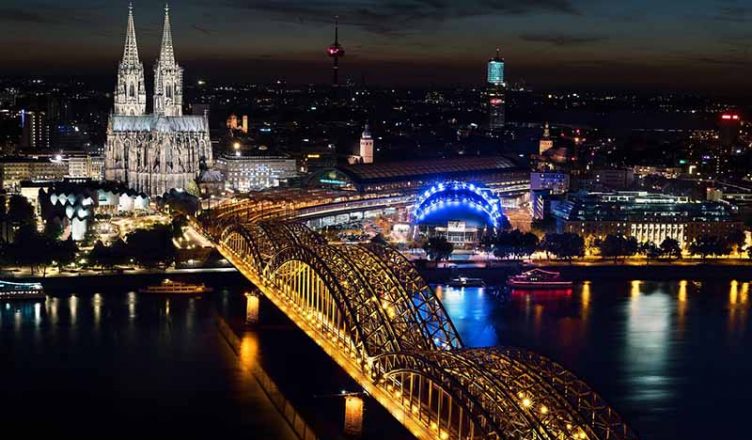Whenever you think of Europe, your mind usually wanders to Zurich, Rome, Paris, or London. However, many of the European countries are also known for their countryside towns and hidden gems that are not touristy places. These destinations are perfect to explore on backpacking trips. Take the offbeat track and you will never look at travel the same way again. For instance, Germany is popular for historic remnants and modern conveniences, but dig a little deeper and you find that Germany is absolutely gorgeous to just get lost and wander. It is a haven for backpackers and if you are keen to venture out on a wanderlust expedition to Germany, then check out this backpacking Germany trip planner that will guide you to some of the most beautiful places to visit in Germany.
The first step of planning – Check in advance to determine the best time to travel to Germany.
Taking a backpacking trip through Germany begins with a few considerations. You would obviously want to choose a holiday destination where the weather is nice and pleasant. Nobody wants to visit a place when it is freezing cold or unbearably hot. When planning a trip to Germany, it is best to plan for the months of May through November. In this period, the temperature is not too cold, not too hot, and just perfect for outdoor adventures. In Germany, June through August are peak seasons. Although it would be wonderful to visit during this time, it could put a serious dent in your budget. The shoulder season is from March to May and October. During these times, you can enjoy a better climate and lower prices for your backpacking journey. Winters in Germany are magical, but not a great time if you are backpacking around multiple regions.
How many days should your journey last?
Quite honestly, Germany cannot be experienced on a short stay. The country boasts a variety of mixed heritage moulded by a multitude of historical influences, and its natural splendours are some of the most breathtaking sights to see. Most backpackers love to block out 10 to 14 days to explore the charming regions of Germany, but for the budget-conscious traveller, a Germany itinerary 10 days trip might feel like a financial strain. On average, a person spending a week in Germany spends close to Euro 850 per person. It is recommended that you plan a trip of 5 to 7 days to make sure you visit some places that you would not want to miss.
Which places are best for a backpacking trip in Germany?
Switch off the normal mode and look for some out-of-the-way experiences for a backpacking trip. The best way to discover Germany is to start in a major city such as Berlin or Frankfurt, where you can spend a day just to see what this beautiful country has to offer and then head to the quaint charming towns of this astounding country. Check out these fascinating places that are some must-visit destinations perfect for a backpacking German vacation.
Berlin

The German capital has a dynamic vibe combined with its fascinating architecture and dynamic nightlife make it a place you should not miss. Known as one of Germany’s most budget-friendly cities, it offers a wide range of free attractions, affordable accommodation options, and a variety of delicious food scenes. The city is quaint and the best places to visit in Berlin are best explored on foot or on a bike.
Dresden

Known for its Baroque treasures, Dresden is a charming place in Germany filled with majestic Baroque architecture. Despite its tragic past, Dresden was rebuilt and restored to its current beauty and the spaces now include an amalgam of pre-war, post-war, and present modern-day elements. If you’re going to Dresden, you should take the time to visit Altstadt, the Elbe River, and Neumarkt Square.
Leipzig

A German city with a quaint charm, Leipzig deserves a couple of days to show you what this city has to offer. Amidst its exquisite architecture, the city seems frozen in time, where the heritage essence dominates the scenery. It is one of the underrated historic cities in Germany. The city certainly deserves to be at the same level as the rest of Germany’s major cities, it seems odd that its splendours haven’t been recognized.
Romantic Road
The 400km-long Romantic Road in the South of Germany is by far the most popular and picturesque route of Germany. It takes you through well-trodden trails that lead to the vineyards of Tauber Valley, to the charming villages of Pfaffenwinkel, and the magnificent scenery of Bavaria. On the route, you will pass around 16 stunning towns, each just as fascinating as the next. Fussen, an adorable village on the foot of the Alps, is the last stop on the Romantic Road route, and from there you can explore the fairytale castles of Neuschwanstein and Hohenschwangau.
Essential Tips for Backpackers in Germany
The success of your budget Germany travel itinerary entirely depends on how you plan it. During your travels, you should put more emphasis on experiences rather than luxuries. There is no need to be hesitant about visiting Germany despite its reputation as a pricey destination. You only need to figure out your lodging and meal plans for your trip, and you will end up saving money that can be used on experiences. So, choose to cherish experiences over material comfort.
Chuck the idea of travelling in peak season, it is absolutely going to burn a hole in your wallet. Outdoor activities will probably not be as enjoyable during the low season due to the unfavourable weather. However, aiming for a shoulder season travel period is the best option for backpackers in Germany.
As far as where to stay on a German backpacking trip is concerned, the best option would be to skip hotels and stay in hostels or home rentals. In addition to being budget-friendly, hostels are set in locations where you can quickly access all amenities and are easily accessible.
Take advantage of the public transportation system. Germany is home to a thorough and efficient rail system, as well as a network of some of the best highways in the world. It is possible to cover a lot of ground in a short time thanks to these transport systems.
The best advice a backpacker can follow is to do as the locals do. Experiencing a destination in an authentic way by mingling with the locals and adopting their culture is the best way to limit unnecessary costs.
